Rusi K Banker
Subscribe to read full article
This section is for paid subscribers only. Our subscription is only $37/- for one full year.
You get unlimited access to all paid section and features on the website with this subscription.
Not ready for a full subscription?
You can access this article for $2 , and have it saved to your account for one year.
- Born: 14 July, 1911 (Nagpur, Maharashtra)
- Primary Cinema: Hindi
- Children: Roda Ahluwalia, Delna Shroff, Behroz Rustomji
Rusi K Banker was born on 4th July 1991 in Nagpur. He was a skilled artist and craftsman from the early days in school. However, he went on to study science in order to become a doctor to fulfil his father’s wishes. The wheel of fortune turned in his favour when his father befriended Rustomji Modi and filmmaker Sohrab Modi. The brothers were impressed with Banker’s talent and suggested him to join the film industry to utilise those skills. In 1932, he joined Sagar Movietone as an art technician’s apprentice and then shifted to Prabhat Studios. In Prabhat, he learned the ropes of the profession under the guidance of Sheikh Fatehlal. In his first film, he assisted Fatehlal in the art department of Amrit Manthan (1934).
Banker’s move to Sohrab Modi’s Minerva Movietone as an art director in 1934, started a long collaborative partnership between the two which gave Indian audiences some of the most striking sets in film history. Banker was successful in delivering the grandiose vision Modi had for his films, with extensive research and eye for detail.
As Modi’s films were mostly mythological or historical in nature, Banker would resign himself to the Asiatic Library in the first leg of the process to do his thorough research on the architecture, fashion and other such details related to the period the film is based on. He would then reconstruct them at the studio down to the minutest detail, be it Jahangir’s palace he constructed in full Mughal splendour for Pukar (1939), or his work in Sheesh Mahal (1950).
He made a remarkable replica of the big sewage system described in Victor Hugo’s novel Les Miserables, in the Hindi adaptation Kundan (1955). He also considered it one of the best works of his career. He supervised the work of masons, artisans, craftsmen, carpenters and even carpenters to get his desired set ready.
In 1953, Banker received the International Venice Award for his work in Jhansi Ki Rani for which he constructed a 10-acre set in Chembur to give an authentic feel of the streets, temples and buildings the film required. However, the film didn’t do very well at the box office and was a major setback for the studio. Some of the other films where he collaborated with Modi are Sikander (1941), Prithvi Vallabh (1943), Ek Din Ka Sultan (1945), Mirza Ghalib (1954), and Raj Hath (1956).
His three daughters Roda Ahluwalia, Delna Shroff and Behroz Rustomji published a book called Remembering Dad on his centenary to commemorate his legacy.
References
Information courtesy: Film Heritage Foundation



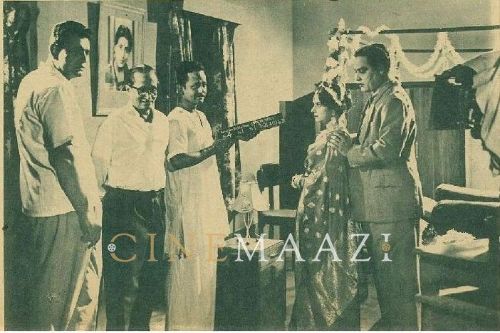
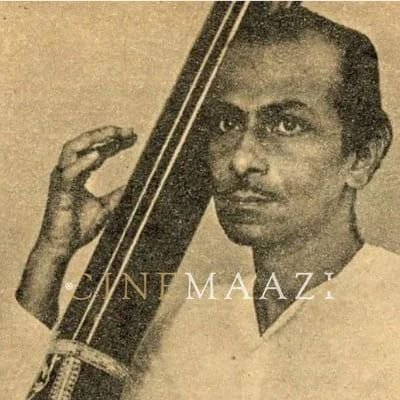
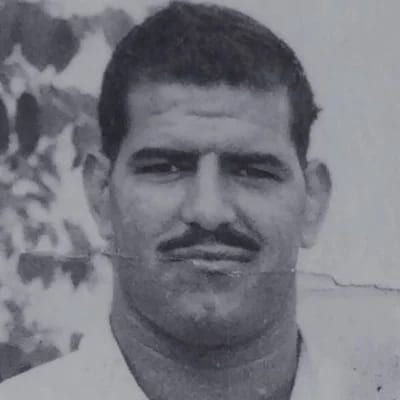
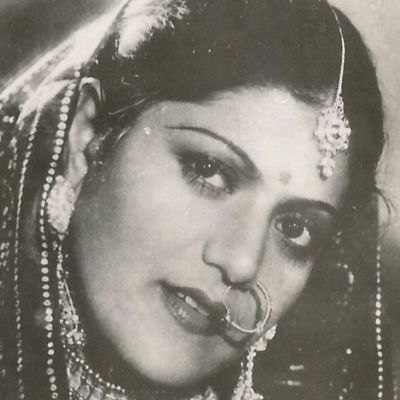

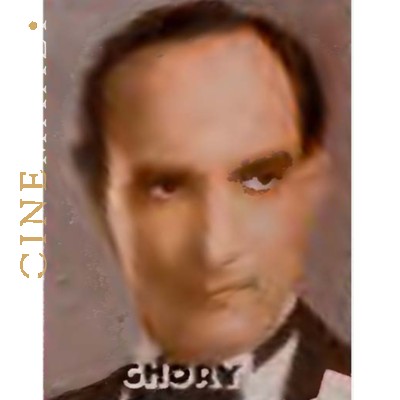
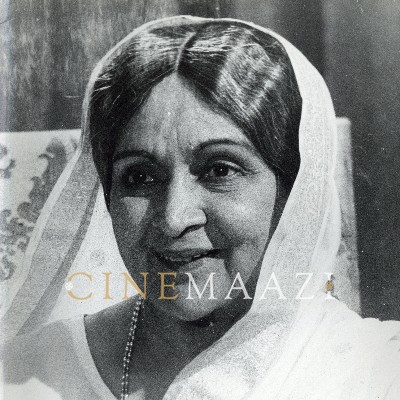
.jpg)




